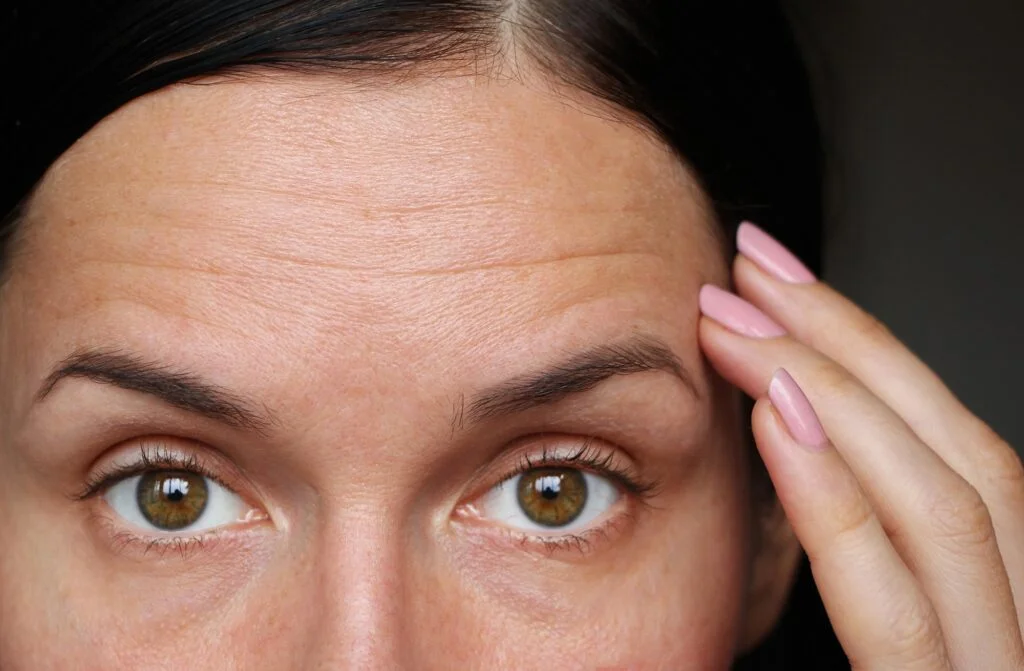How Do I Know if I Have a Deviated Septum?

There are several symptoms associated with a deviated septum, an extremely common condition that affects a large segment of the population. A properly-aligned septum, which refers to an internal strip of bone and cartilage, separates the nasal cavities in a way that allows airflow to pass freely through the left and right nostrils. When a septum is crooked or deviated, some patients experience issues breathing through one or both sides of the nose while other individuals may not experience any symptoms at all. Though a deviated septum can result from a sports injury or a blow to the face, the condition is commonly present at birth.
For those who do exhibit symptoms, signs of a deviated septum may include:
- Difficulty breathing
- Swollen sinuses, commonly known as sinusitis
- Nosebleeds (epistaxis)
- Congestion
- Loud or noisy breathing
- Sleep apnea (snoring and cessations in breathing while asleep)
- Headaches
If you suspect a deviated septum is the cause behind breathing issues or other disrupting symptoms you may be experiencing, surgical procedures may be utilized to help you breathe easier. Facial plastic surgeon Scott Shadfar, MD specializes in rhinoplasty, which is designed to recontour the skin, bones, and cartilage of the nasal framework to improve facial balance and/or repair a deviated septum. He can assess your underlying nasal framework in a consultation and recommend an optimal course of action to resolve your symptoms.
Misalignment in the nasal passages may make breathing more difficult, but Dr. Scott Shadfar can evaluate your nose for a deviated septum to determine if a septoplasty or rhinoplasty procedure may help. Please contact our office for more information, or if you’re ready to schedule a consultation.?


